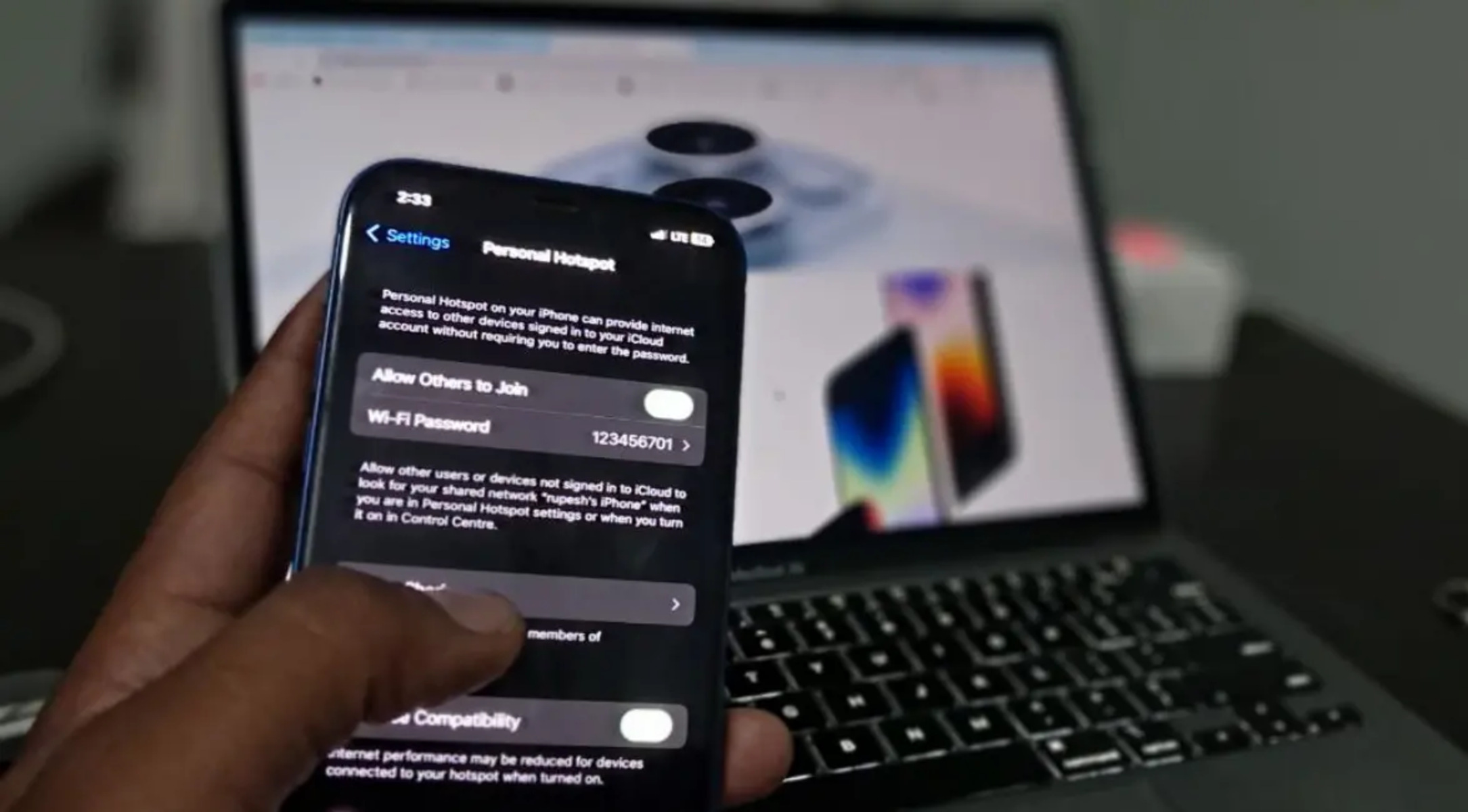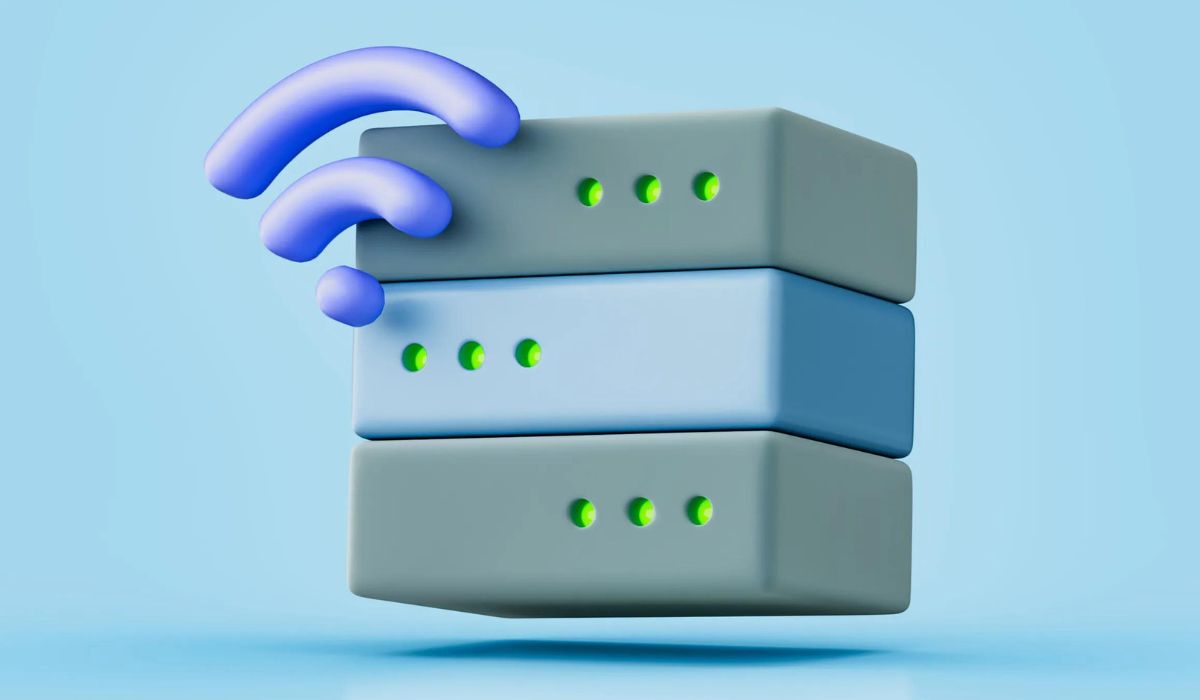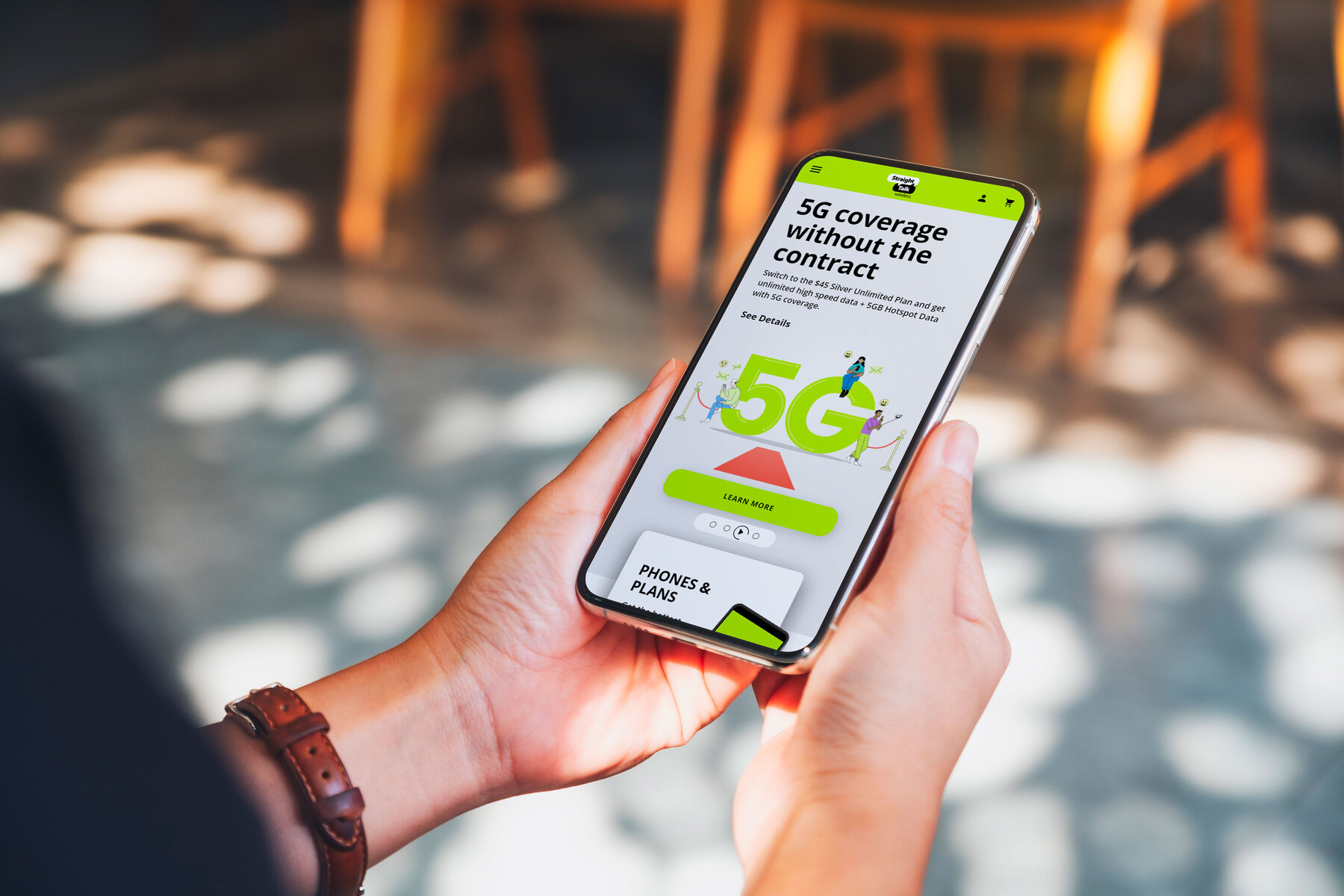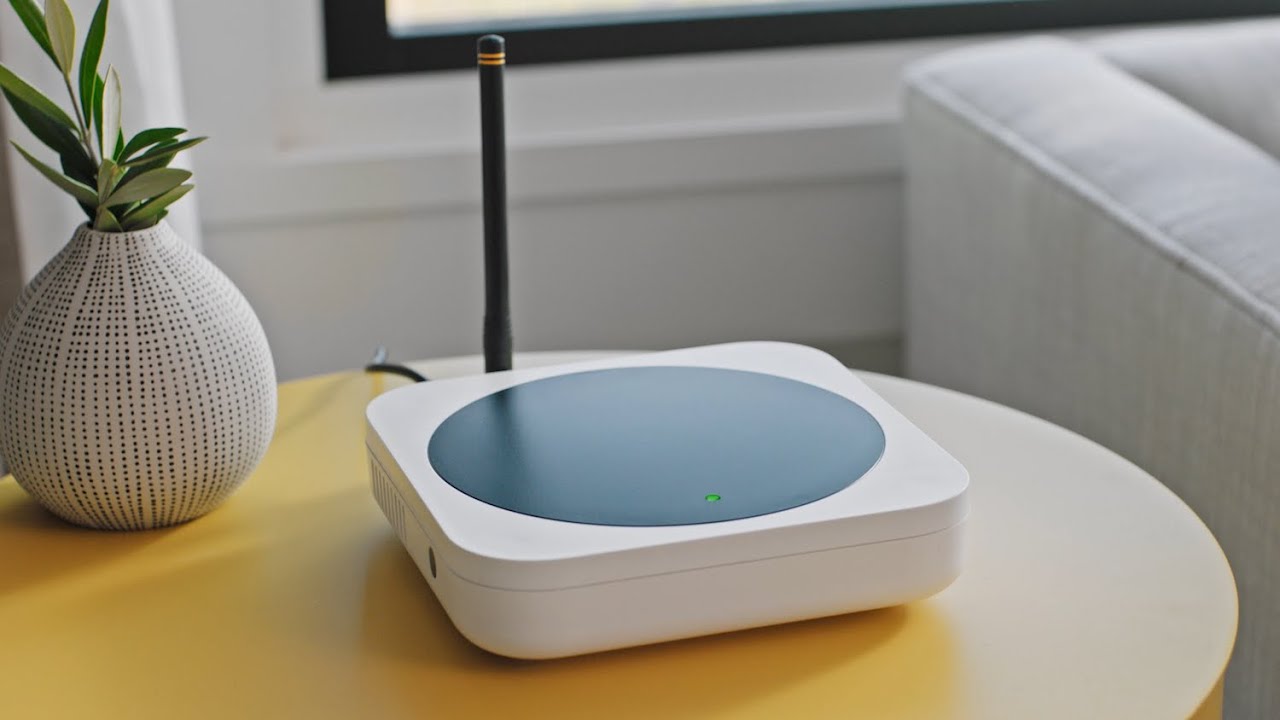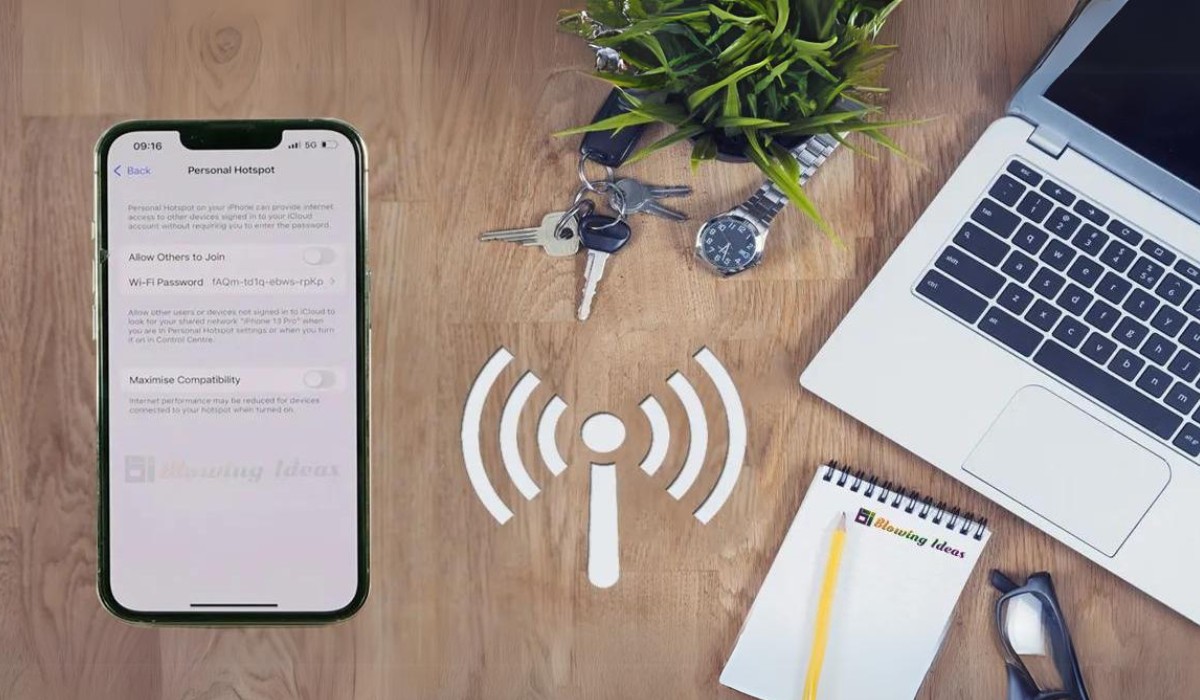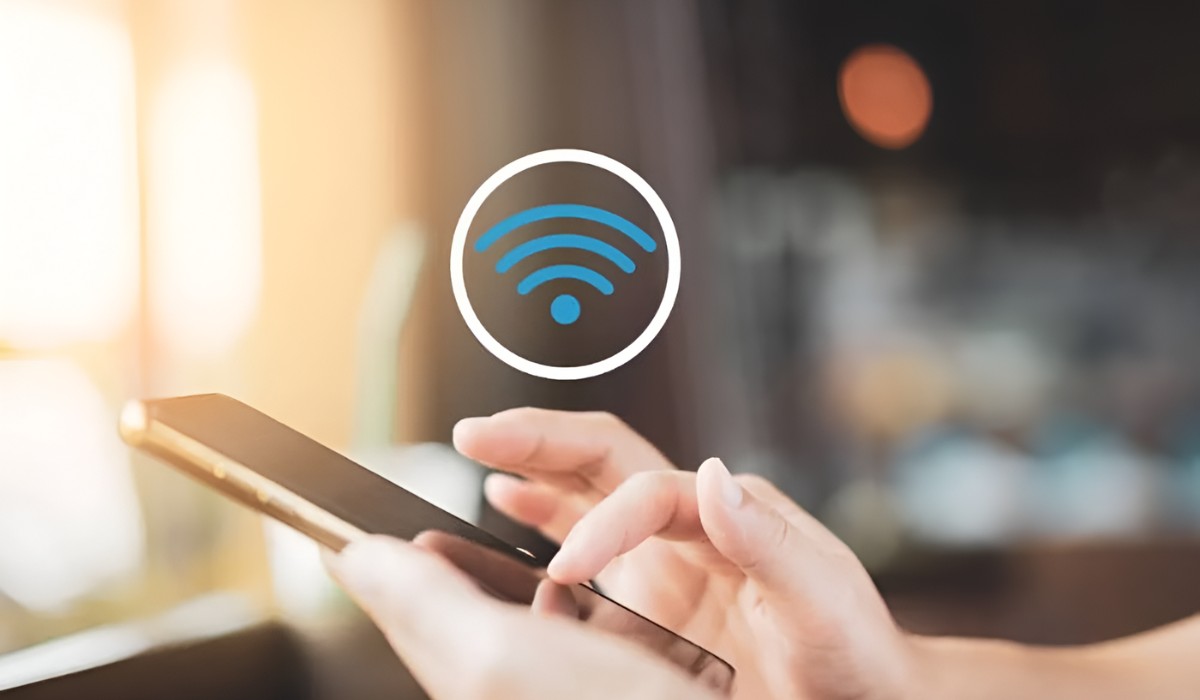Understanding Hotspot Connections
Hotspot connections have become an integral part of our daily lives, providing us with the convenience of accessing the internet on the go. Whether we're at a bustling café, a serene park, or even in transit, hotspot connections enable us to stay connected and productive. But what exactly are hotspot connections, and how do they work?
What is a Hotspot Connection?
In simple terms, a hotspot connection refers to a wireless network that allows devices to connect to the internet. This wireless access point is typically created using a device with internet connectivity, such as a smartphone, router, or mobile hotspot device. When activated, the hotspot emits a Wi-Fi signal, enabling nearby devices to establish a connection and access the internet through the host device's data connection.
How Do Hotspot Connections Work?
When a device, such as a laptop or tablet, seeks to connect to a hotspot, it scans for available Wi-Fi networks and identifies the hotspot signal emitted by the host device. Upon selecting the hotspot and entering the necessary credentials, the device establishes a connection with the host, allowing it to transmit and receive data over the internet.
Types of Hotspot Connections
Hotspot connections can be categorized into two main types: mobile and tethered hotspots. Mobile hotspots are created using smartphones or dedicated mobile hotspot devices, utilizing the cellular data network to provide internet access. Tethered hotspots, on the other hand, are established by connecting a device, such as a smartphone, to a computer via USB, and sharing its internet connection.
Benefits of Hotspot Connections
The versatility and accessibility of hotspot connections offer numerous benefits to users. Whether it's staying connected while traveling, working remotely, or simply enjoying the outdoors, hotspot connections empower individuals to remain connected and productive. Additionally, hotspot connections provide a viable alternative to traditional wired internet connections, offering flexibility and convenience.
Understanding the fundamentals of hotspot connections lays the groundwork for harnessing their potential and addressing any challenges that may arise. With this knowledge in hand, let's explore effective strategies for maintaining a consistent hotspot connection and troubleshooting common issues.
Tips for Maintaining a Consistent Hotspot Connection
Consistency is key when it comes to hotspot connections, ensuring uninterrupted access to the internet regardless of your location. To maintain a reliable and stable connection, consider implementing the following tips:
-
Optimal Placement of the Host Device: Position the device creating the hotspot in a central location to ensure maximum coverage and signal strength. Avoid obstructions such as walls and large objects that may impede the signal's reach.
-
Regularly Monitor Data Usage: Keep track of your data usage to prevent exceeding your plan's limits, which can result in reduced speeds or additional charges. Utilize built-in data monitoring tools on your device or consider using third-party apps to track usage.
-
Update Device Software and Firmware: Ensure that the host device's software and firmware are up to date. Manufacturers often release updates to improve network stability, address security vulnerabilities, and optimize performance.
-
Enable Password Protection: Secure your hotspot connection with a strong password to prevent unauthorized access. This not only safeguards your data but also ensures that only trusted devices can connect to the hotspot.
-
Limit Concurrent Connections: If possible, restrict the number of devices that can simultaneously connect to the hotspot. This can help prevent network congestion and maintain consistent speeds for all connected devices.
-
Monitor Signal Strength: Periodically check the signal strength of the hotspot to identify areas with weak coverage. Adjust the device's position or consider using signal boosting accessories to enhance the signal in low-coverage areas.
-
Manage Background Applications: Be mindful of applications running in the background on the host device, as they may consume bandwidth and affect the overall performance of the hotspot connection. Close unnecessary applications to allocate more resources to the hotspot.
-
Utilize External Antennas: For devices that support external antennas, consider investing in high-gain antennas to improve signal reception and transmission. This can be particularly beneficial in areas with poor network coverage.
-
Power Management Settings: Adjust the power management settings on the host device to ensure that it remains powered on and connected to the network, especially when operating on battery power. This helps prevent unexpected disconnections due to power-saving features.
By implementing these tips, you can significantly enhance the reliability and stability of your hotspot connection, enabling seamless access to the internet wherever you go. Remember that a consistently maintained hotspot connection contributes to a more productive and connected experience, whether for work, leisure, or staying in touch with loved ones.
Troubleshooting Common Hotspot Connection Issues
Despite the convenience and versatility of hotspot connections, users may encounter common issues that can disrupt the seamless access to the internet. Understanding these issues and knowing how to troubleshoot them is essential for maintaining a reliable hotspot connection. Let's explore some of the most prevalent hotspot connection issues and effective troubleshooting strategies to address them.
1. Slow or Inconsistent Speeds
When experiencing slow or inconsistent speeds on your hotspot connection, several factors may contribute to this issue. Begin by ensuring that the host device has a strong cellular signal and is not experiencing network congestion. Additionally, verify that the connected devices are not consuming an excessive amount of bandwidth through background applications or downloads. Consider relocating the host device to an area with better reception and minimizing the number of connected devices to improve overall speed and consistency.
2. Intermittent Connection Drops
Intermittent connection drops can be frustrating, especially when in the midst of an important task or activity. To troubleshoot this issue, check for any physical obstructions or interference that may be disrupting the Wi-Fi signal. Additionally, verify that the host device's power management settings are not causing it to enter sleep mode or disconnect from the network. If the issue persists, consider updating the device's firmware and ensuring that it is running the latest software to address potential connectivity issues.
3. Authentication and Password Problems
If you encounter authentication or password-related issues when attempting to connect to a hotspot, double-check the accuracy of the entered credentials. Pay close attention to uppercase and lowercase letters, special characters, and any spaces within the password. If the issue persists, consider resetting the hotspot password and ensuring that it meets the security requirements set by the host device.
4. Limited Range and Coverage
Limited range and coverage can result in weak or unreliable hotspot connections, particularly in larger or obstructed spaces. To address this, consider using signal boosting accessories such as Wi-Fi extenders or high-gain antennas to enhance the signal's reach. Additionally, strategically positioning the host device in a central location can help maximize coverage and improve the overall range of the hotspot connection.
5. Overheating and Device Performance
In some cases, prolonged usage of the host device for creating a hotspot may lead to overheating, impacting its performance and stability. To mitigate this issue, ensure that the device has proper ventilation and is not exposed to excessive heat. Consider taking periodic breaks to allow the device to cool down, especially during extended usage periods.
By proactively addressing these common hotspot connection issues and implementing effective troubleshooting strategies, users can optimize the reliability and performance of their hotspot connections. Remember that a well-maintained hotspot connection contributes to a seamless and uninterrupted internet experience, empowering users to stay connected and productive in various environments.







